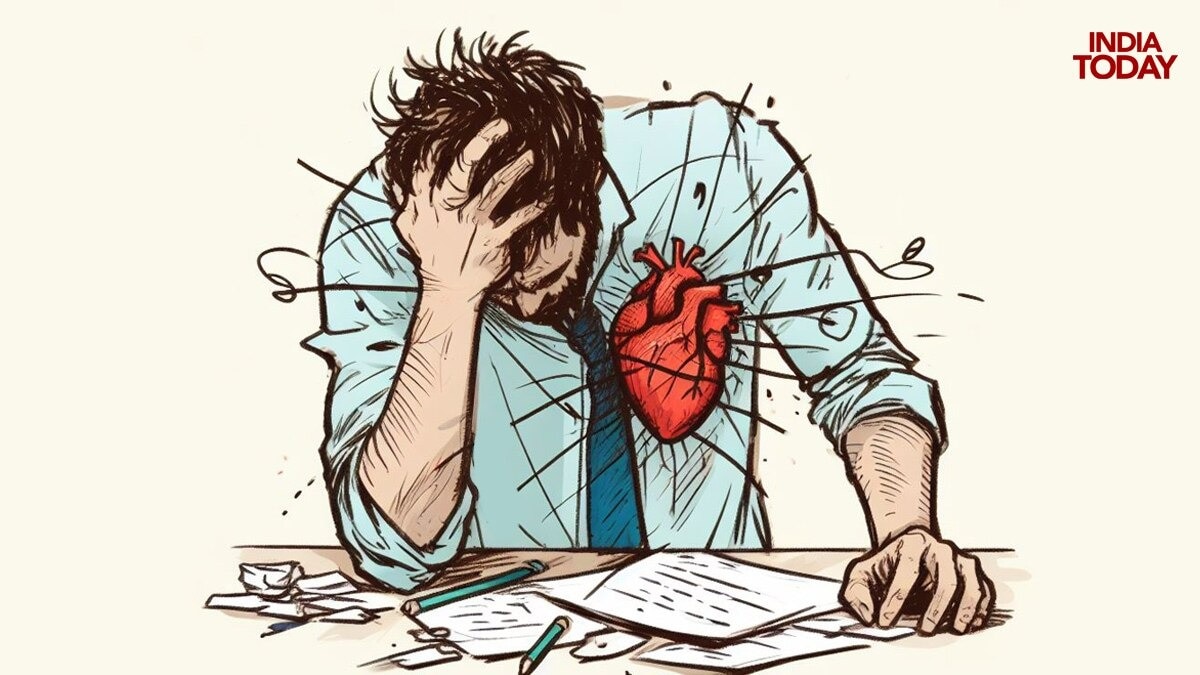Heart Attack & Your Finances: Are You Adequately Covered by Your Health Insurance?

A cardiac arrest is a terrifying event, and thankfully, survival rates are improving. However, the financial fallout can be just as devastating as the medical emergency itself. Intensive Care Unit (ICU) stays, life-saving procedures like angioplasty and bypass surgery – the costs quickly escalate, potentially running into significant sums. In the Philippines, where healthcare expenses can be substantial, understanding your health insurance coverage is absolutely crucial.
Many Filipinos believe their existing health insurance plan provides comprehensive coverage, but a closer look often reveals gaps. Standard plans might cover basic hospitalisation, but often exclude or have limitations on critical procedures related to cardiac events. This is where a robust and well-considered health insurance plan becomes your financial safety net.
Why is Cardiac Arrest Coverage So Important?
Consider the following:
- ICU Costs: Intensive care is notoriously expensive. Daily rates in reputable hospitals can easily reach tens of thousands of pesos.
- Angioplasty & Bypass Surgery: These procedures are life-saving but come with a hefty price tag, often exceeding hundreds of thousands of pesos.
- Rehabilitation: Following a cardiac event, rehabilitation is essential for recovery, and the costs associated with physiotherapy and cardiac rehabilitation programs can add up.
- Medications: Long-term medication requirements are common after a heart attack, representing an ongoing expense.
What to Look for in a Health Insurance Plan
Akanksha Jain, a leading expert in health insurance from Digit Insurance, emphasizes the importance of reviewing your policy carefully. Here's what to look for:
- Critical Illness Coverage: Specifically look for coverage that includes cardiac arrest as a critical illness. This often provides a lump-sum payment that can help cover expenses.
- Sub-Limits & Exclusions: Pay close attention to any sub-limits or exclusions related to cardiac procedures. Some plans may have limits on ICU days or specific treatments.
- Pre-Existing Conditions: Understand the policy's stance on pre-existing conditions.
- Network Hospitals: Confirm that the plan has a network of reputable hospitals with experienced cardiologists.
- Cashless Claims: Ensure the plan offers cashless claim settlement at network hospitals for a hassle-free experience.
Beyond Basic Coverage: Consider Riders
To further strengthen your protection, consider adding riders to your health insurance plan. These can include:
- Hospital Cash Benefit: Provides a daily cash allowance during hospitalization.
- Emergency Medical Evacuation: Covers the cost of transporting you to a suitable hospital in case of an emergency.
Protecting Your Family's Future
A cardiac arrest is not just a health crisis; it's a financial one too. Investing in a comprehensive health insurance plan that specifically addresses cardiac risks is an investment in your family's future. Don't wait until it's too late – review your coverage today and ensure you're financially protected against the unexpected.
Disclaimer: This article is for informational purposes only and should not be considered as financial advice. Consult with a qualified insurance advisor to determine the best coverage for your individual needs.





